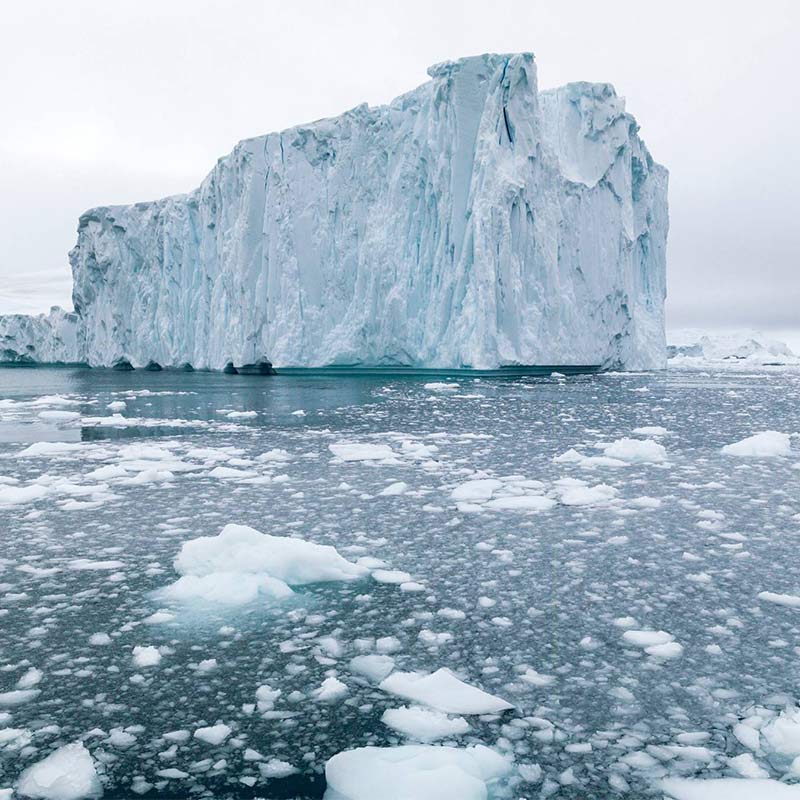
Chinese Academy of Sciences (CAS) has developed an artificial material called "nanofiber material" that can slow down glacier melting. Glaciers are some of the world's largest water reservoirs that contain a huge amount of frozen water. For years, scientists and researchers have already raised concern regarding the projected devastating environmental consequences should all glaciers melt, or at least some of the bigger ones. This unprecedented discovery will help to save the world from the ongoing climate crises and reduce the melting of glaciers to a large extent. Read SURFACES REPORTER (SR)'s complete report below to know more about this novel material.
Also Read: New Self-Cleaning BioPlastic Inspired By Lotus Leaf; Help Curbing Plastic Pollution | Australia | SR Material Update
Human-induced climate change has caused global warming, which has heated frozen regions and continents worldwide, including Greenland, the Arctic and Antarctica- the home of most of the glaciers. It is estimated that the continuous warming of the atmosphere will make these huge ice structures lose their big portion by the end of the century.
According to a previous study, the melting of glaciers including the ice shelves and ice sheets increases the global sea level by around one or two millimeters each year. This rise in sea level can cause large-scale flooding.
How Nanofiber Material Is Efficient For Reducing Glacier Melting
While experimenting, scientists at the Chinese Academy of Sciences and the Northwest Institute of Eco-Environment and Resources found that the efficiency rate of nanofiber material is 56% higher than geotextiles. Further, it reduces the melting of glaciers by an impressive 29 percent to 56 %. The researchers conclude that both nanofiber and geotextiles can be effective in high-mountain areas though the efficiency of nanofiber is higher than geotextiles.
Also Read: A plastic-like Material Said to Be Stronger Than Steel 2DPA-1
How The Scientists Made This Finding?
The scientists came to this result after testing the Urumqi Glacier No. 1 in Tien Shan, China, as a site. The experiment was conducted on June 24 and August 28 in 2021. They experimented using an array of equipment, including the combination of two high-res models from unmanned aerial vehicles and laser scanning.
The study results have been published online in the journal Remote Sensing. (Xinhua)
Keep reading SURFACES REPORTER for more such articles and stories.
Join us in SOCIAL MEDIA to stay updated
SR FACEBOOK | SR LINKEDIN | SR INSTAGRAM | SR YOUTUBE
Further, Subscribe to our magazine | Sign Up for the FREE Surfaces Reporter Magazine Newsletter
Also, check out Surfaces Reporter’s encouraging, exciting and educational WEBINARS here.
You may also like to read about:
An Ultra Strong Graphene-Enhanced Plastic Developed by Gerdau Graphene | SR Material Update
This New Material Can Capture Toxic Pollutants From Air | University of Limerick | Ireland | SR Material Update
And more…